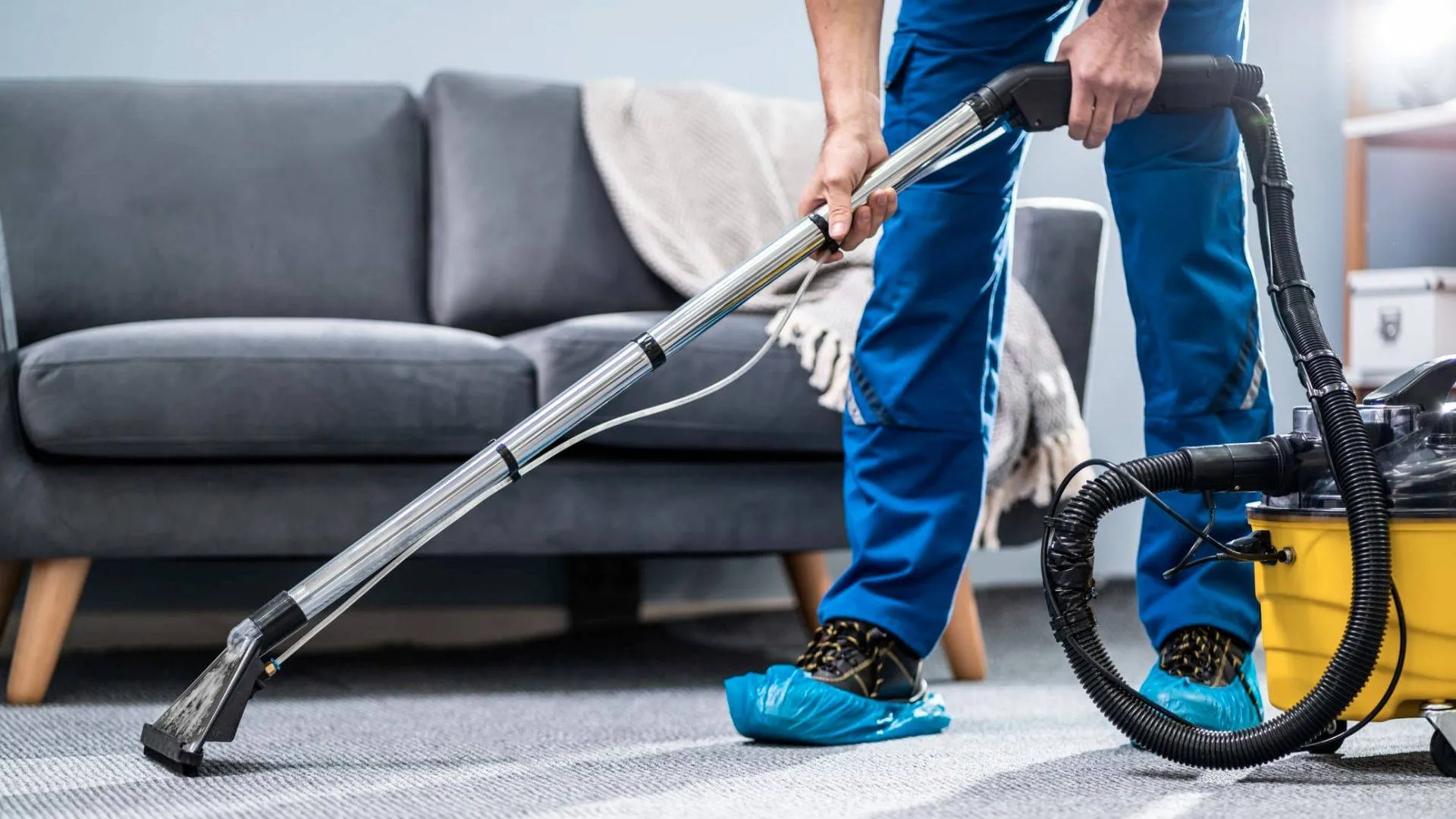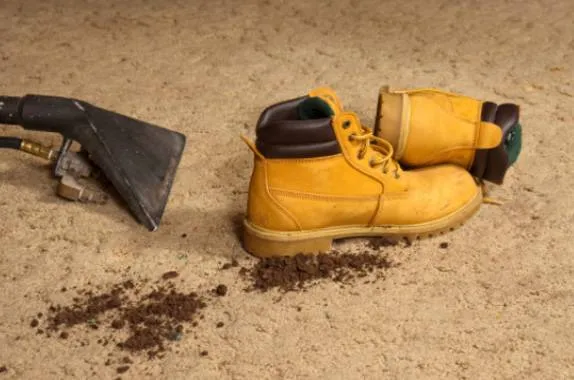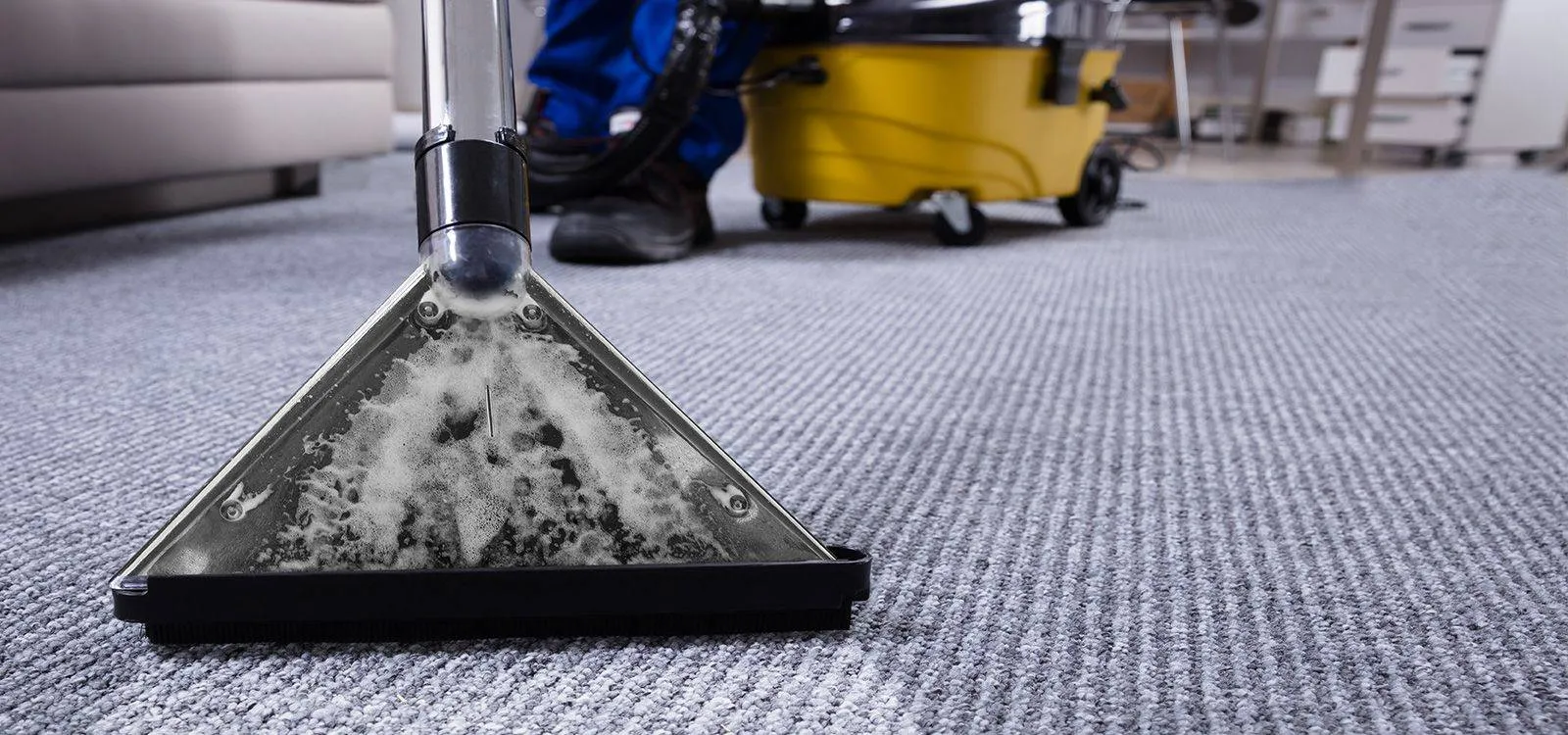The Top 5 Things You Need to Know About Carpet Cleaning for Allergies

If you or someone in your household suffers from allergies, you know how difficult it can be to manage symptoms and maintain good indoor air quality.
Did you know that your carpets can play a significant role in this?
Carpets can harbour numerous allergens, including dust mites, pet dander, pollen, and other microscopic particles that can trigger allergic reactions. These allergens can become deeply embedded in carpet fibers, making them difficult to remove through regular vacuuming alone. That’s why it’s so important to maintain clean carpets in your home, especially if you or someone in your household suffers from allergies.
In this article, we’ll discuss the top 5 things you need to know about allergy-safe carpet cleaning, including the common allergens found in carpets, the benefits of regular professional cleaning, and tips for maintaining allergy-friendly carpets.
Allergens Commonly Found in Carpets
Dust Mites
Dust mites are tiny insects that feed on the skin cells that we shed. They are commonly found in carpets and other household fabrics and furnishings. A dust mite is a common allergen that can trigger allergic reactions such as sneezing, itching, and runny nose. 
Pet Dander
Pet dander is a type of allergen that is found in the skin cells and fur of animals. Pet dander is a common cause of allergies in people who are sensitive to pets, and it can trigger symptoms such as sneezing, itchy eyes, and nasal congestion. Pet dander can accumulate deep within carpet fibers, especially if you have pets that shed. 
Pollen
Pollen is a fine powder produced by plants, and it can cause allergic reactions in people who are sensitive to it. Pollen can easily accumulate in carpets, especially if you have windows that are open during pollen season. 
Mould Spores
Mould is a type of fungus that grows in damp or humid environments. Mould spores can cause allergic reactions in people who are sensitive to them, and they can trigger symptoms such as sneezing, itchy eyes, and nasal congestion. Professional water damage restoration is essential if your carpets have been exposed to moisture or humidity to prevent mould growth. 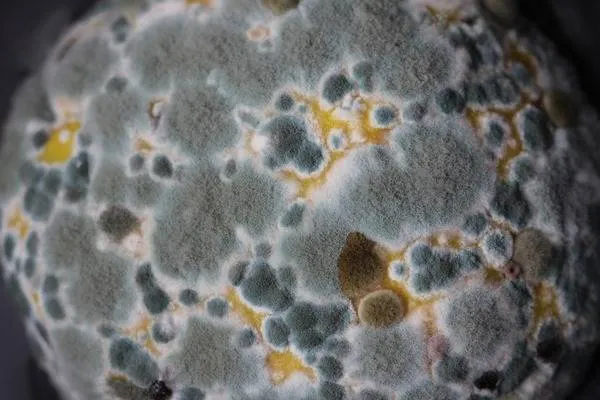
Bacteria and Viruses
Carpets can also harbour bacteria and viruses that can cause illness. For example, the flu virus can survive on surfaces for up to 48 hours, and it can be easily spread through contact with contaminated surfaces such as carpets. Regular carpet cleaning can help to remove bacteria and viruses from your carpets, improving indoor air quality and helping to prevent the spread of illness. 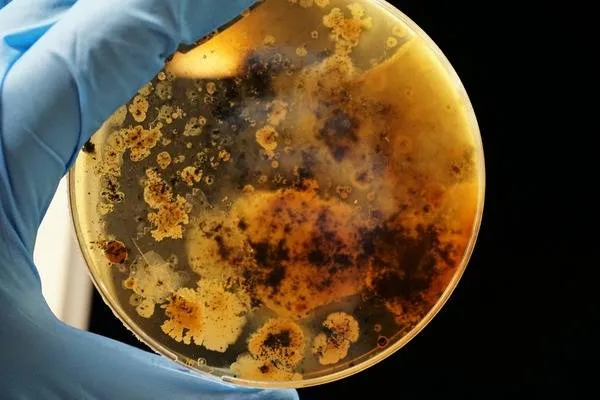
The Benefits of Regular Carpet Cleaning for Allergy Sufferers
Removes Allergens From the Carpet Fibres
Regular carpet cleaning can help to remove allergens such as dust mites, pet dander, pollen, and mould spores from the carpet fibres, improving indoor air quality and reducing allergy symptoms. When you get your carpets professionally cleaned, the cleaning solution and powerful suction of the cleaning machine can remove allergens that have accumulated in the carpet fibres, leaving your carpets fresher and cleaner. 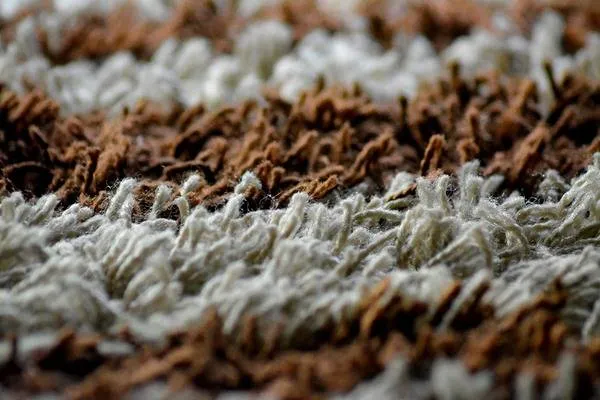
Improves Indoor Air Quality
Allergens accumulating in carpets can contribute to poor indoor air quality, worsening allergy symptoms. By removing allergens from your carpets, you can improve the air quality in your home, making it easier to breathe and reducing allergy symptoms. 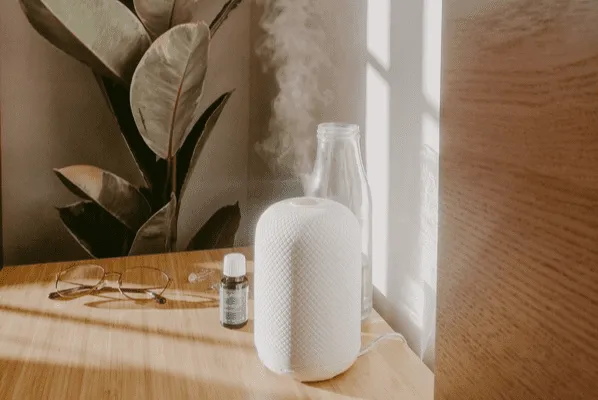
Reduces Allergy Symptoms
Removing allergens from your carpets can also help to reduce allergy symptoms such as sneezing, itchy eyes, and nasal congestion. If you or someone in your household suffers from allergies, regular carpet cleaning can help to reduce allergy symptoms and improve overall quality of life. 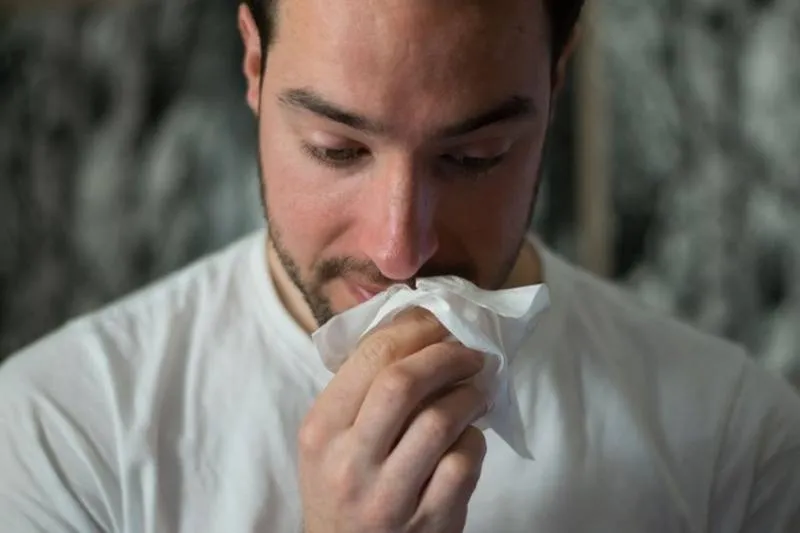
Tips for Maintaining Allergy-Friendly Carpets
Regular Vacuuming
One of the most effective ways to maintain allergy-friendly carpets is to vacuum regularly. Vacuuming can help to remove allergens and other particles from the carpet fibres, improving indoor air quality and reducing allergy symptoms. Aim to vacuum your carpets at least once a week, and be sure to empty the dustbin or bag after each use to prevent allergens from accumulating. 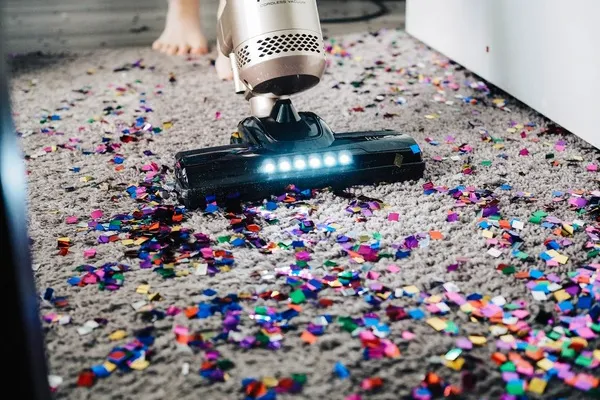
Using a HEPA Filter Vacuum
If you or someone in your household suffers from allergies, it’s a good idea to use a vacuum with a HEPA (High-Efficiency Particulate Air) filter. HEPA filters are designed to capture small particles such as allergens, making them more effective at removing allergens from your carpets. 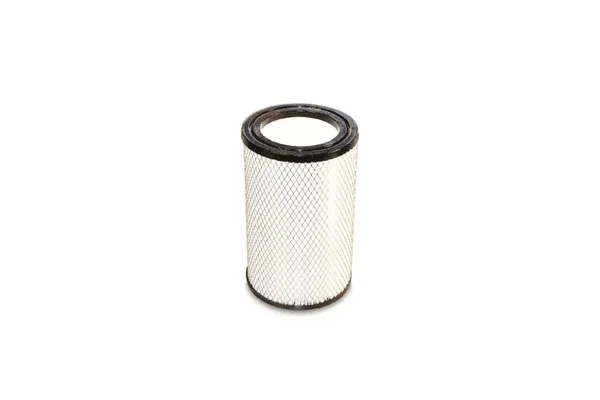
Professional Carpet Cleaning
Expert carpet cleaning services are an effective way to clean your carpets deep and remove allergens that have accumulated in the carpet fibres. Professional Gold Coast carpet cleaning will use powerful cleaning solutions and equipment to remove allergens and other particles from your carpets, leaving them fresher and cleaner. 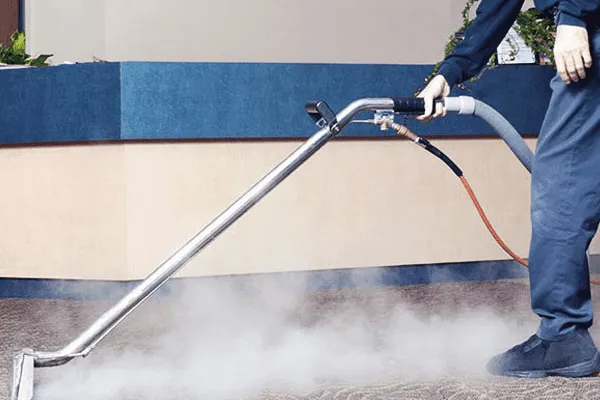
Choosing Hypoallergenic Carpet Materials
If you’re in the market for new carpets, consider choosing hypoallergenic materials. Hypoallergenic carpets are designed to minimise the accumulation of allergens and other particles, making them a good choice for allergy sufferers. Some examples of hypoallergenic carpet materials include wool, nylon, and polypropylene 
Conclusion
Maintaining clean carpets is important for managing allergies and improving indoor air quality. Removing allergens and other particles from the carpet fibres can reduce allergy symptoms and improve overall quality of life. Following our tips for maintaining allergy-friendly carpets and using a professional carpet cleaner can keep your carpets clean and allergen-free, helping you to breathe easier and enjoy a healthier home.
Ready to improve your indoor air quality? Book your professional carpet cleaning service online today and experience the difference professional allergy carpet cleaning can make for allergy sufferers.
Learn more about hot water extraction carpet cleaning.
